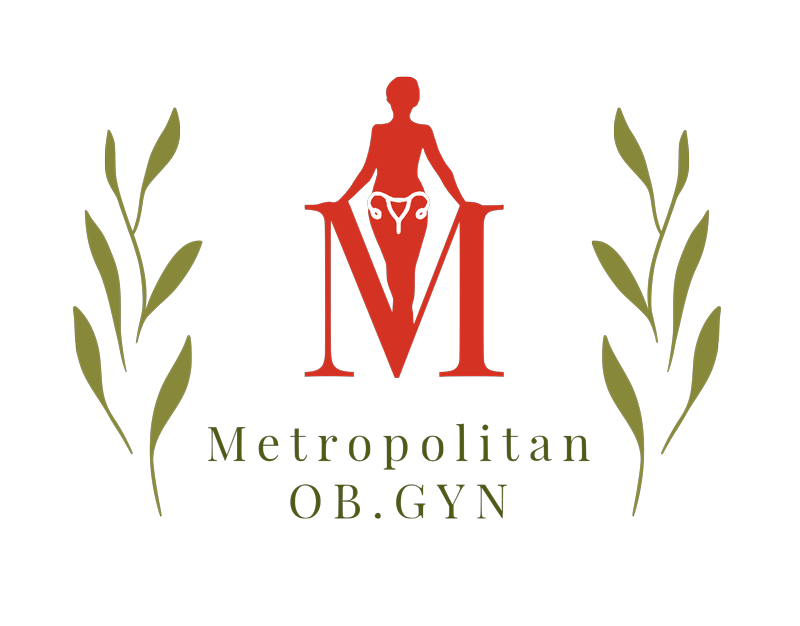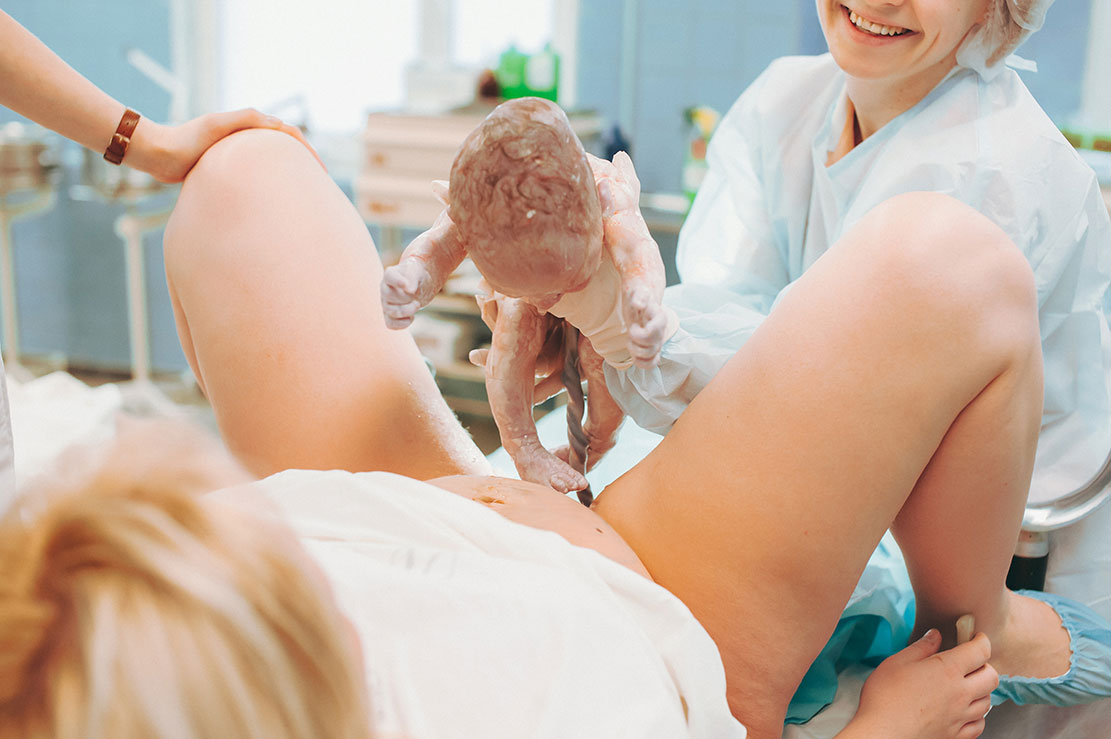Our Procedures
We are passionate about both obstetrics and gynecology. The following are some of the gynecological procedures that we perform. However, please call the office if you have a question about a specific procedure that is not on this list as we aim to keep abreast of new technology.
For Appointments: Call (973) 313-2501
Some of the procedures we offer
We are passionate about both obstetrics and gynecology. The following are some of the gynecological procedures that we perform. However, please call the office if you have a question about a specific procedure that is not on this list as we aim to keep abreast of new technology.
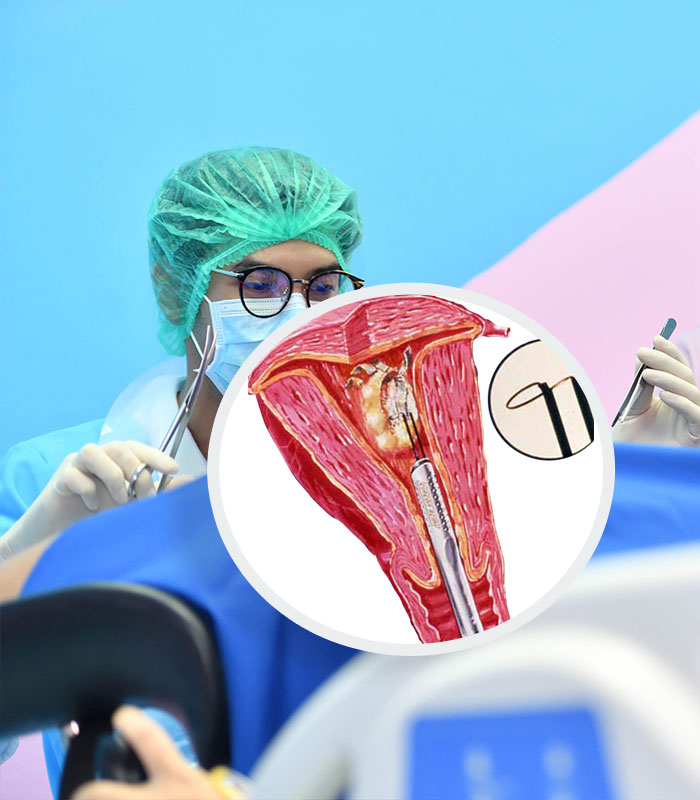
Hysteroscopic Myomectomy
Hysteroscopic myomectomy is a technique that can be performed only if fibroids are within or bulging into the uterine cavity (submucosal). This procedure is performed as outpatient surgery without any incisions and virtually no postoperative discomfort. Anesthesia is needed because the surgery may take 1 to 2 hours and would otherwise be uncomfortable. A small telescope, the hysteroscope, is passed through the cervix and the inside of the uterine cavity can be seen. A small camera is attached to the telescope and the view is projected on a video monitor. This magnifies the picture and also allows the physician to perform the surgery while sitting in a comfortable position. Electricity passes through the thin wire attachment at the end of the hysteroscope, allowing the instrument to cut through the fibroid like a hot knife cutting through butter. As the fibroid is shaved out, the heat from the instrument sears blood vessels and the blood loss is usually minimal.

Laparoscopy Bilateral Tubal Ligation
Laparoscopic bilateral tubal ligation is a surgical procedure to occlude the fallopian tubes, which prevents pregnancy. It is a permanent form of birth control. There are different methods of occluding the fallopian tubes. The common methods used are clips, rings and diathermy. The procedure is simple, safe and usually does not require hospitalization.
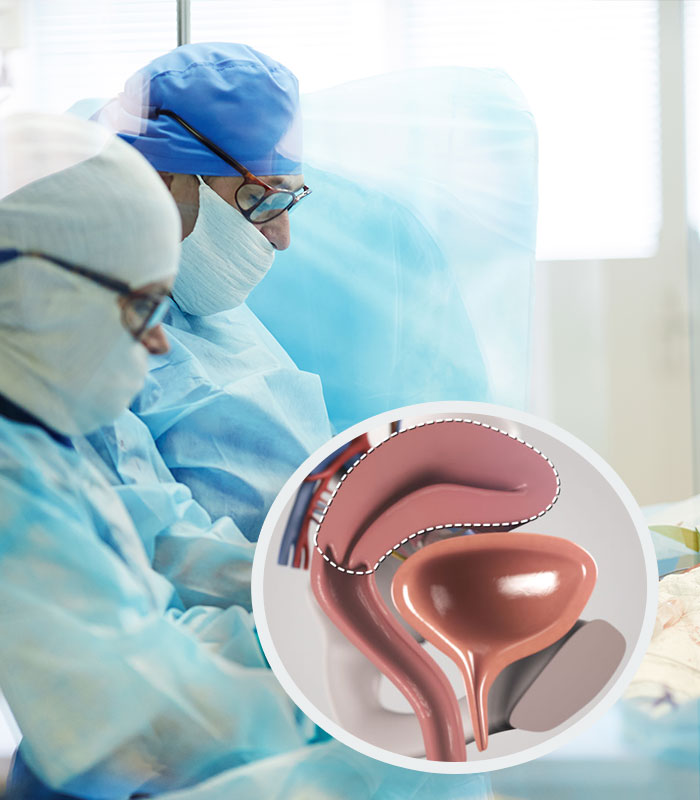
Laparoscopic Hysterectomy
Laparoscopic & Robotic hysterectomies are the minimally invasive surgical procedures to remove the uterus. A small incision is made in the navel through which a tiny camera is inserted. The surgeon watches the image from this camera on a TV monitor while performing the procedure. Two to three other tiny incisions are made in the lower abdomen. Through these, specialized instruments are inserted and used for the removal process.
Most women do not have their ovaries removed when they undergo a hysterectomy. If the ovaries stay inside, the woman does not need to take any hormones after surgery and she does not have hot flashes. Women can choose either to keep the cervix in place (that’s called a “supra-cervical hysterectomy”) or remove the entire uterus (“total laparoscopic hysterectomy”).
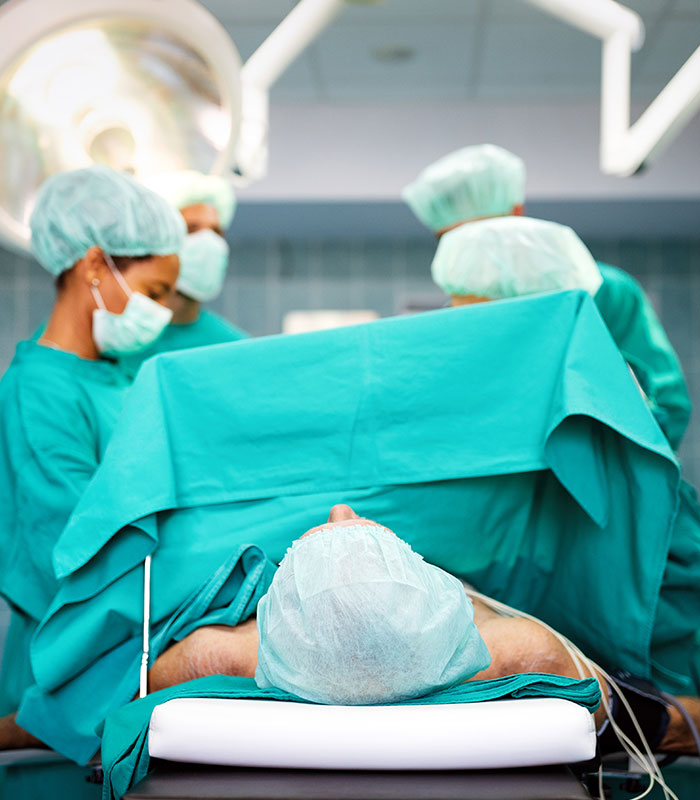
Abdominal Hysterectomy
An abdominal hysterectomy is a surgical procedure that removes your uterus through an incision in your lower abdomen. Your uterus — or womb — is where a baby grows if you’re pregnant. A partial hysterectomy removes just the uterus, and a total hysterectomy removes the uterus and the cervix.
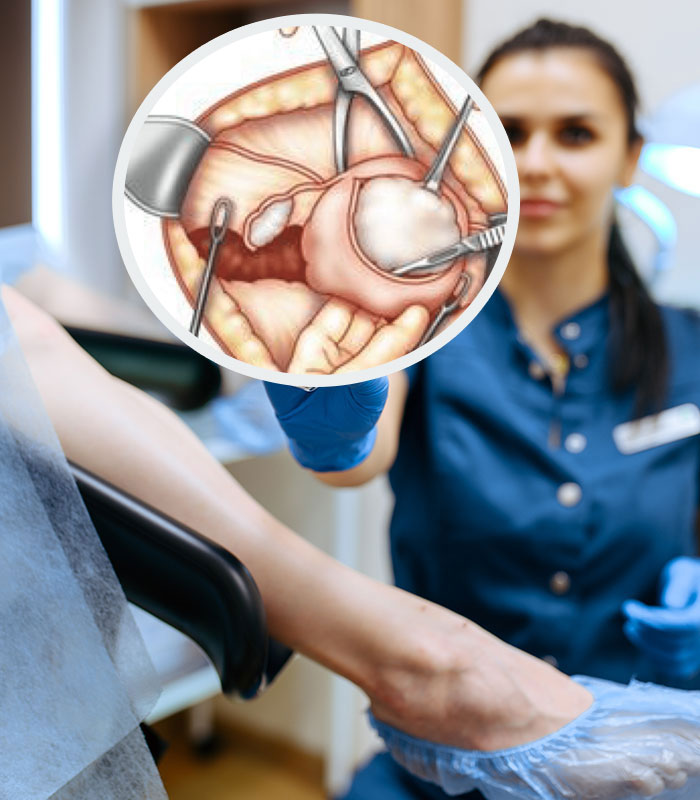
Abdominal Myomectomy
An abdominal myomectomy is a surgical procedure carried out to have fibroids removed from the uterus. Uterine fibroids are tumors that develop in the woman’s womb and are round or semi-round in shape. The surgeon makes a horizontal incision in the abdomen and removes the fibroids from the uterus through this opening. Its recovery time varies from one individual to another. In most cases, the woman should be able to return to work that is not physically straining within a couple of weeks with the average recovery time being about 4 weeks.
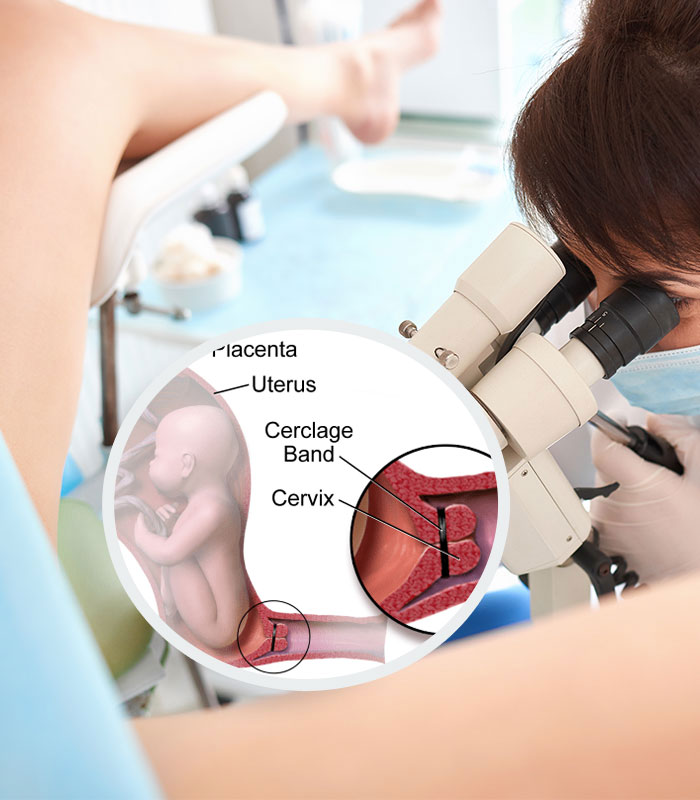
Cerclage Placement
Cervical cerclage is the placement of stitches in the cervix to hold it close. In select cases, this procedure is used to keep a weak cervix (incompetent cervix) from opening early. When a cervix opens early, it may cause preterm labor and delivery. Cerclage can be done preventively at 12 to 14 weeks before the cervix thins out, or as an emergency measure after the cervix has thinned. It is rarely used after 24 weeks. Cerclage is performed using either general anesthesia or regional anesthesia (such as spinal injection). Usually cerclage is done through the vagina. A speculum, an instrument with paddles shaped like spoons, is inserted into the pregnant woman’s vagina to spread the vaginal walls apart for the surgery.

Diagnostic Laparoscopy
Diagnostic laparoscopy is a surgical procedure doctors use to view a woman’s reproductive organs. A laparoscope, a thin viewing tube similar to a telescope, is passed through a small incision in the abdomen. Using the laparoscope, the doctor can look directly at the outside of the uterus, ovaries, fallopian tubes, and nearby organs. Laparoscopy is often recommended when other diagnostic tests, such as ultrasound and X-ray, cannot confirm the cause of a condition.
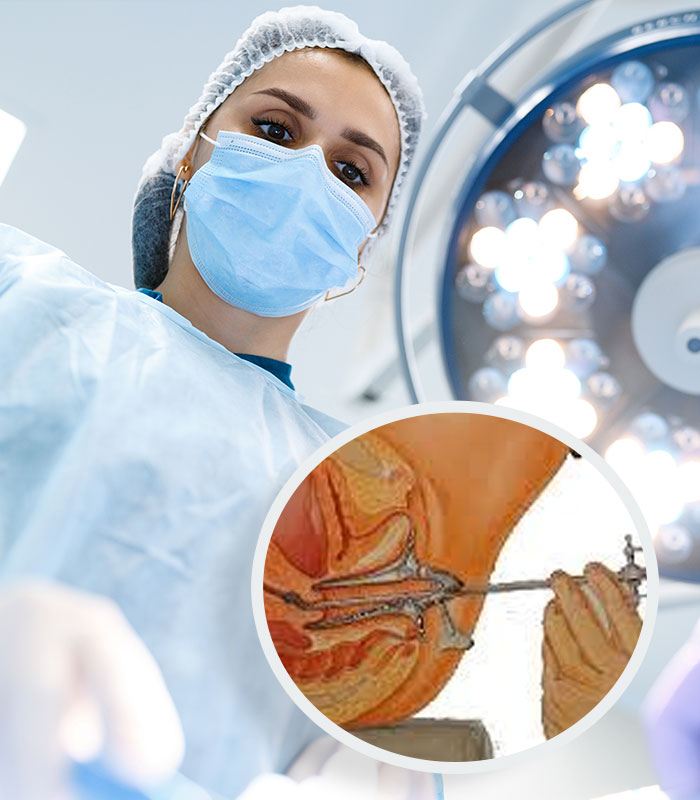
Hysteroscopy, Dilation and Curettage
Hysteroscopy and/or dilation and curettage are usually performed under general anesthesia. Hysteroscopy is performed with a skinny telescope-like instrument (hysteroscope). It is inserted into the uterus through the cervix and requires no incision. The endometrial cavity or hollow space inside the womb is examined for abnormalities using a small video camera attached to the hysteroscope. In order to better see the inside of the uterus, the walls of the cavity are kept apart by a gentle flow of fluid or gas, usually a fluid. This can be compared to placing a small telescope inside a balloon – with the balloon collapsed, not much could be seen; but if the balloon is inflated with air, there is room to see.
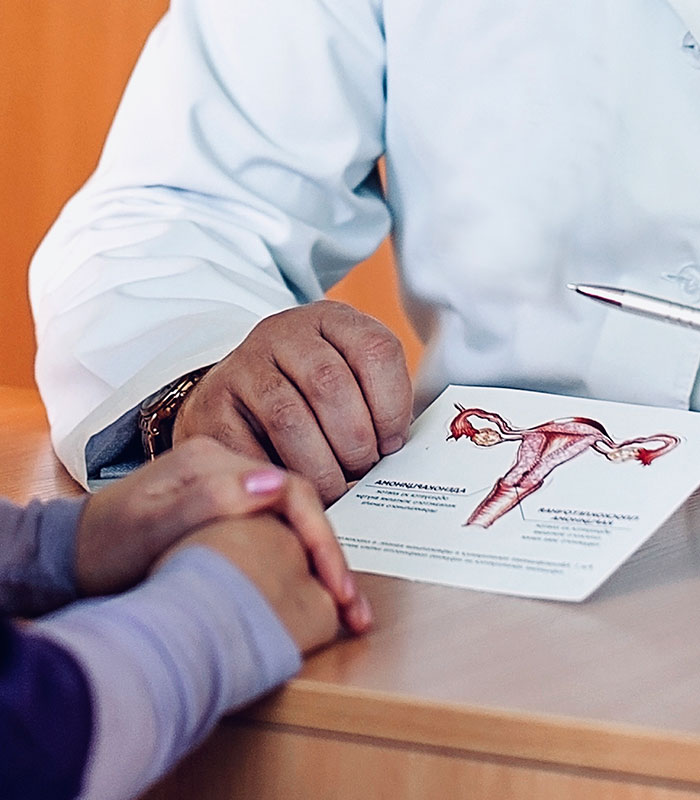

Hysteroscopic Endometrial Ablation
An endometrial ablation is an operation to permanently destroy the endometrium lining of the uterus. We pass a special telescope, called a hysteroscope, through your vagina and cervix and into your uterus. We pass instruments down the hysteroscope to destroy your endometrium.
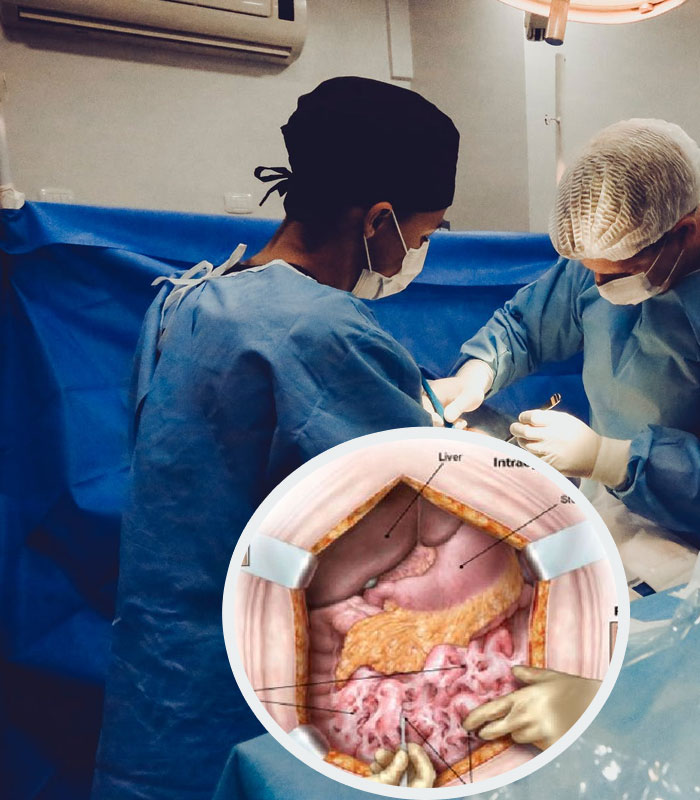
Laparoscopic Lysis of Adhesions
Adhesions (intraabdominal scarring) are a natural part of the normal healing process and develop as a result of previous abdominal surgery, infections, endometriosis, and trauma. For a minority of patients, adhesions may cause intestinal obstruction, infertility, and chronic abdominal pain. Laparoscopic lysis of adhesion is the process through which the adhesions are cut away.
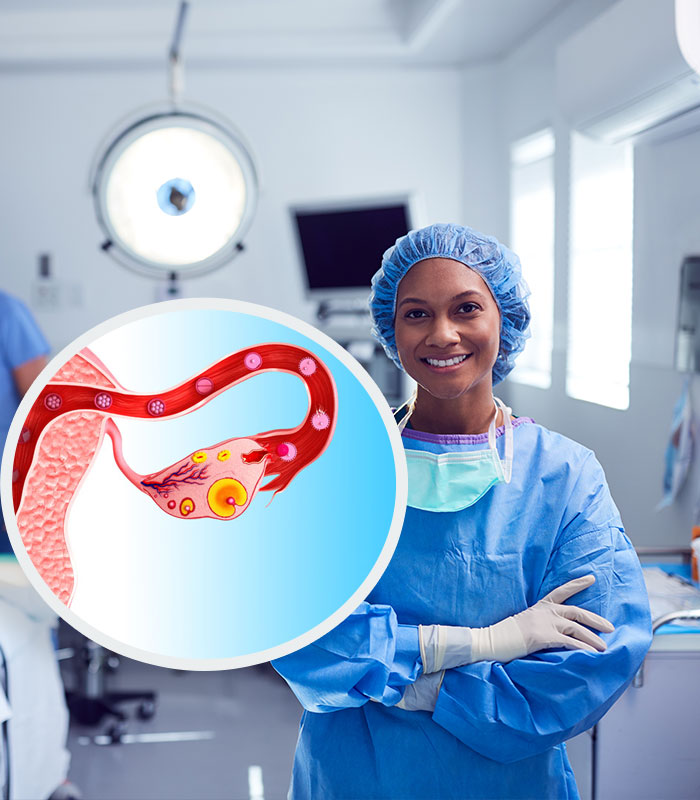
Laparoscopic Oophorectomy
A laparoscopic oophorectomy is a surgical procedure performed to remove one or both of a woman’s ovaries. A patient may need surgery if she has ovarian cancer, endometriosis, or especially large or painful ovarian cysts. The ovaries may also be removed as a preventive measure against existing cancers elsewhere in the body that threatens to spread to the reproductive organs. Laparoscopic oophorectomy is performed through three or more tiny incisions in the abdomen and guided with a camera to avoid having to make large, invasive cuts. It is generally safer and offers a much faster recovery time than a traditional open surgical procedure

Laparoscopic Ovarian Cystectomy
When having a laparoscopic ovarian cystectomy, the woman is given general anesthesia. A tiny slit is made at the navel, or just below it and the scope is inserted. Absorbable gas, usually carbon dioxide, is pumped into the abdominal cavity so that it becomes distended, making the organs visible. Next, a trocar or port is put in. A trocar is a uniquely constructed tube with a valve that instruments used for the operation are inserted through. More incisions are then made in both the lower right and the lower left of the abdomen and possibly at the pubic hairline, so that more ports can be installed, allowing more accessibility for the surgeon. It is an option to eliminating ovarian cysts.
Newborn Circumcision
The three most common methods are the Plastibell, Gomco, and Mogen methods. A shot of pain medicine or an anesthetic cream is used on the base of your baby’s penis for pain relief. A sucrose pacifier may also be given to your baby for pain relief. Your baby may have some mild pain during and after surgery. The pain after surgery usually does not last more than a day.
Your Health Starts Here
Our dedicated team is focused on the needs of each woman.
Or Call — +1 (973 ) 313-2501
